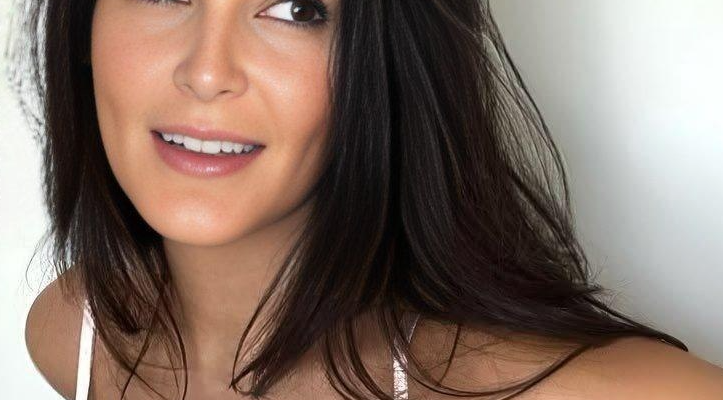“The Light Behind Her”
She sat by the window every afternoon at 3:17 p.m. Not 3:15. Not 3:30. Always 3:17. It was the time the light hit the wall just right—casting a soft halo around her silhouette, illuminating the strands of her dark hair like threads of ink suspended in sunlight.
Her name was Dara.
To most, she was quiet. Polite. The kind of person who moved through the world without stirring it. But to those who paid attention—to the librarian who noticed she always returned books two days early, to the grocer who saw her rearrange bruised fruit so others wouldn’t pick it by mistake—she was something else entirely.
She was ritual.
Every morning, she brushed her hair 100 strokes. Not out of vanity, but memory. Her grandmother had done the same, whispering stories with each stroke. Stories of rice fields and monsoon rains, of love letters folded into lotus leaves, of a husband who never returned from war but always appeared in dreams.
Dara carried those stories in her silence.
She wore light-colored tops with thin straps, not for fashion, but for the feel of air on her shoulders. It reminded her of childhood—of running through temple courtyards barefoot, of the way her mother would fan her gently during power outages, humming lullabies that had no words.
Her skin was clear, not because she chased beauty, but because she honored it. She drank warm water with lime each morning. She avoided harsh soaps. She believed the body remembered kindness, even when the mind forgot.
And her gaze—always slightly to the side, never directly at you—was not avoidance. It was reverence. Dara looked at the world the way one looks at a sacred painting: with distance, with awe, with the understanding that some things are too vast to meet head-on.
She lived alone in a small house with blue shutters and a garden of frangipani. Her neighbors often wondered why she never married. Some speculated heartbreak. Others whispered about a man who had left for Phnom Penh and never returned.
But the truth was simpler.
Dara had loved once. Fiercely. Quietly. His name was Vannak, and he had a laugh that made birds pause mid-flight. They met at university, both studying literature. He wrote poems on napkins. She memorized them.
One day, he gave her a photograph. It was of her, sitting by the window, sunlight in her hair. “This is how I see you,” he said. “Like a painting that breathes.”
She kept the photo in a wooden box, wrapped in silk. Even now, decades later, she would take it out every Sunday, place it on the windowsill, and whisper, “I’m still here.”
Vannak died in a motorcycle accident two weeks before their wedding. Dara never wore white again.
But she did not become bitter. She became luminous.
She taught literature at the local school. She read poetry to children who didn’t yet understand it, trusting that one day they would. She planted trees. She wrote letters to her future self, sealing them in envelopes marked “Open when you forget who you are.”
And she waited for the light.
Every day at 3:17 p.m., she sat by the window. Not to mourn, but to remember. Not to escape, but to return.
One afternoon, a young girl named Lina knocked on Dara’s door. She was selling handmade bracelets for a school fundraiser. Dara invited her in, offered her tea, and asked about her dreams.
“I want to be a photographer,” Lina said. “But my father says it’s not practical.”
Dara smiled. “Practicality builds walls. Dreams build windows.”
She gave Lina the photograph Vannak had taken. “Keep this,” she said. “Let it remind you that light is always worth chasing.”
Lina cried. Dara held her hand.
Years later, Lina became a renowned photographer. Her first exhibit was titled “The Light Behind Her.” It featured portraits of women in quiet moments—brushing their hair, tending gardens, sitting by windows. The final image was of Dara, gazing slightly to the side, bathed in afternoon light.
The caption read:
“She taught me that silence is not emptiness. It is memory. It is ritual. It is love.”
Dara never saw the exhibit. She passed away peacefully one morning, her hair brushed, her shoulders bare, the photograph of Vannak resting beside her.
But her story remained.
In the way Lina framed her shots. In the way children at the school recited poetry with reverence. In the way the light at 3:17 p.m. still touched the wall, as if remembering her.
And so, the woman in the image—the one with long dark hair, clear skin, and a gaze that never quite met yours—was never just a subject.
She was a story.
A ritual.
A reminder that the most profound beauty lives not in spectacle, but in the quiet moments we choose to honor.


